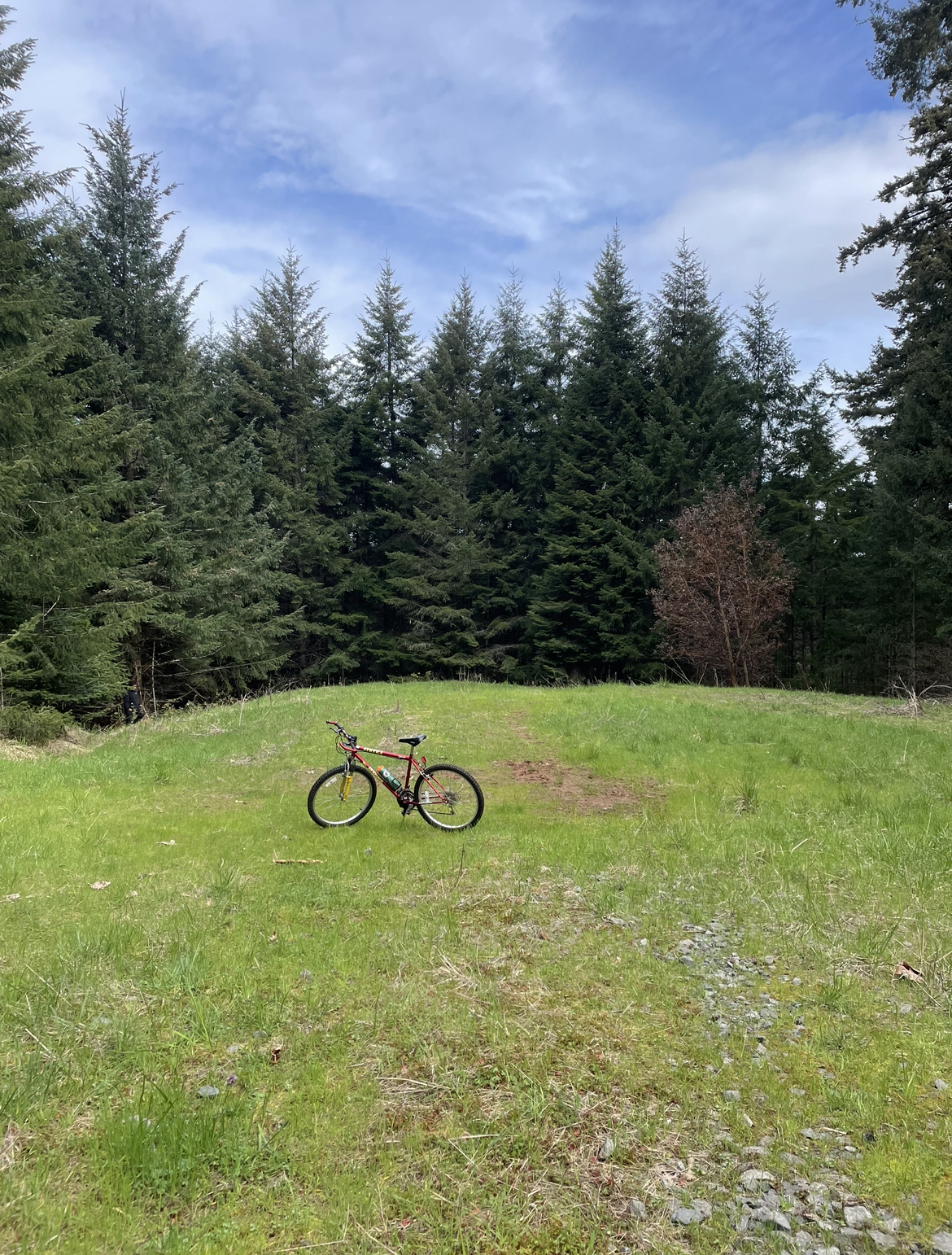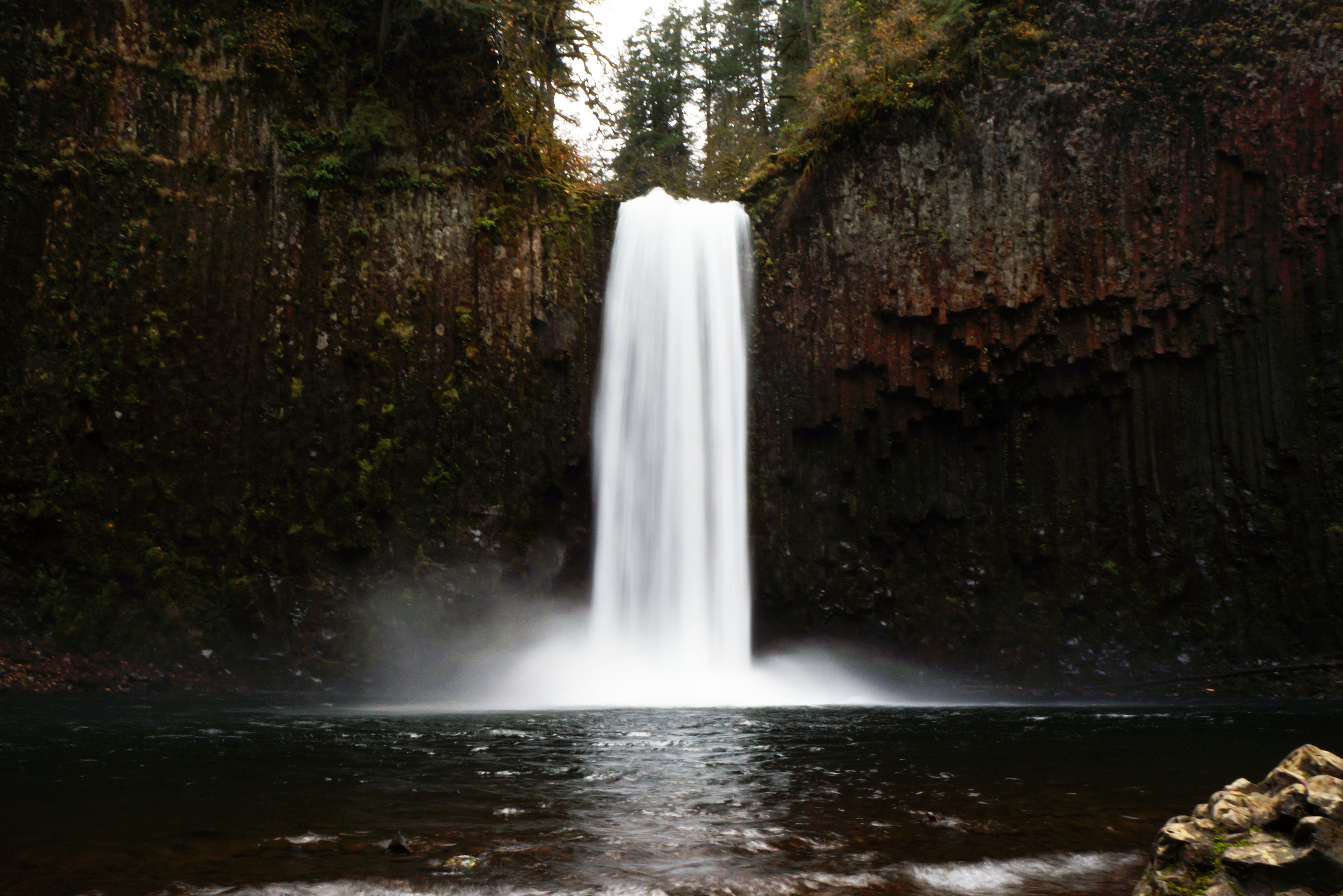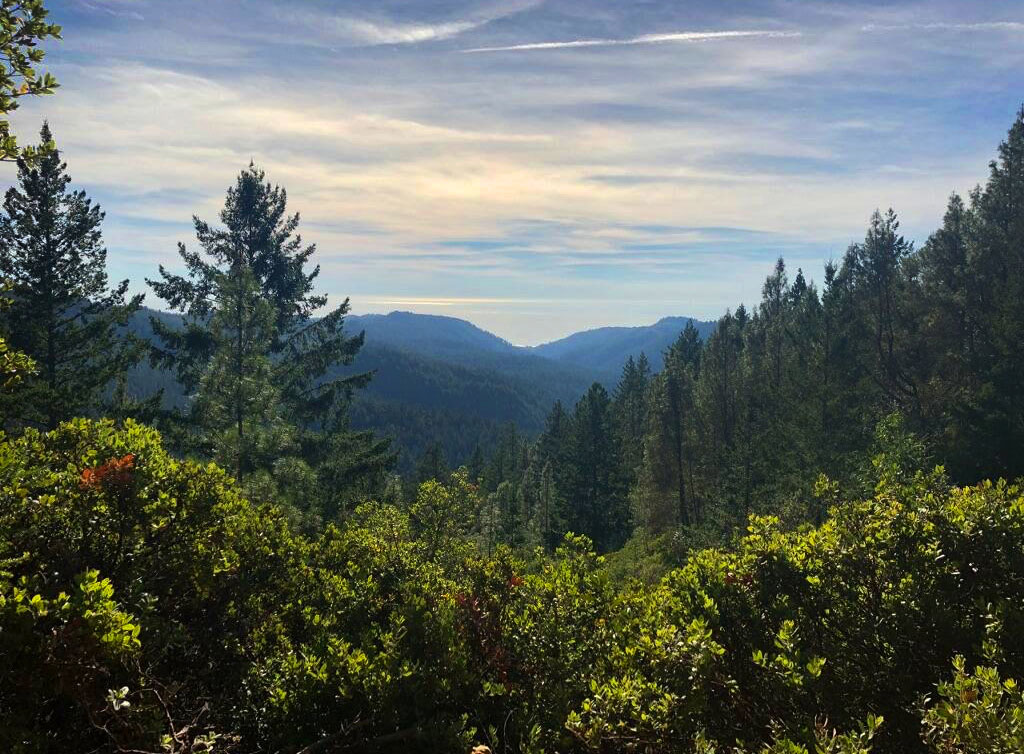March 5, 2025
Written by: Sadie Latimer | News Editor
A new art exhibition, “Patterns in Nature,” was created by Jennifer Bracy, an art and design professor at Western. It was put on display Feb. 20 and will run through March 21. Located on the second floor of Hamersly Library, the exhibition stays true to its title, depicting many patterns that are commonly found in the natural world.
Bracy has been a professor at Western for 16 years. She created the exhibition while on sabbatical.
“I just look at (the exhibition) and it feels very rewarding,” Bracy said. “I made a lot, I accomplished a lot. I was productive, but also I was ready to get back in the classroom and was feeling refreshed and rejuvenated.”
Seven years prior, while on another sabbatical, Bracy created a set of works also inspired by nature’s patterns, however, she knew that she wanted to explore deeper within that subject.
“Patterns in Nature” contains many series of works, with some being deliberately planned and others being more spontaneous.
Bracy explored techniques, specifically in print-making, that were experimental or non-traditional. One thing that surprised her while creating this exhibition was how many different tools she could experiment with, including a potato masher and foam rollers wrapped with bubble wrap or string.
Bracy wanted play and experimentation to be the driving force. “Some whole series in here came about just through play. No plan, no idea, no research necessarily.”
Contrarily, Bracy has researched and planned out many of the other works.
“I really enjoy the research part of things, like learning more about what those patterns reveal, what nature can do, how efficient it is or how strong it is, or how good it is at adapting … these are all things that kind of show up when you start looking at those patterns,” Bracy said.
One pattern that Bracy researched was the connection of opposites, such as the pattern of DNA.
“The DNA helix is actually a pairing of opposites. This idea of nature putting things — opposites — together and it forming something incredibly meaningful or useful, it’s just one of thousands of ways we as humans can learn,” Bracy said. “We are more divided than ever right now. There’s so much we can learn in that lesson of acknowledging that we are connected and working through those differences and figuring out how to go forward anyway.”
At the heart of the exhibition is the series that inspired the name “Patterns in Nature.” It includes six works of art with different patterns, each accompanied by a homophone pair — two words with the same pronunciation but with different spellings and meanings.
One piece in the series showcases the words “hours” and “ours,” with concentric circles to represent the rings of a tree. “They represent time passing and growth. ‘Ours’ speaks to the arrogance of humanity and thinking nature is our domain, we own it, we can do what we want with it.”
Bracy’s favorite homophone pair in the series is “vein” and “vain,” which is shown with branching patterns similar to the veins in leaves or the veins in humans. “Vain” refers again to humanity’s hubris and arrogance.
Another series surrounding words and typography, titled “Wordcraft,” is viewer interactive. It was Bracy’s way of letting the viewer experiment and play, just as she did while creating the series. Each work in the series is color coded to distinguish prefixes, base words and suffixes. Viewers can create new words by making different combinations of the fragments of words.
Words are an area of interest that Bracy finds fascinating, often incorporating them into her works, just as she incorporates her other passions into her art.
“The subjects that creep back in recurrently are nature, especially from an environmental standpoint, how humans mess it up and other things related to social justice. So I do look at art and design as a way to talk about important things,” Bracy said.
The technical aspect of the exhibition that Bracy is most proud of is the incorporation of thread and cross stitch. She loves “the symbolism of something being stitched, the idea of a thread in the work as a theme, the idea of interconnectedness.” The thread in “Patterns in Nature” shows how humans and nature are intertwined.
Bracy used thread to create topographic maps in a series about climate change. The six small pieces of art that make up the series distinctively stand out in “Patterns in Nature.” According to Bracy, “it’s a more overt statement about our interfering and messing up with nature, whereas the other ones may be a little more nuanced and a little more subtle or open to different interpretations.”
Bracy wants viewers to tap into their curiosity and dig deep to see these patterns in a new light. She wants people to realize how extensive the patterns are, how much depth they really have and how many different settings they occur in.
After people see “Patterns in Nature,” Bracy hopes that “maybe next time they’re in nature, they’ll see the fallen tree and the pond ripple and (see that) those are related and they share some kind of common DNA.”
Contact the author at howlnews@mail.wou.edu











